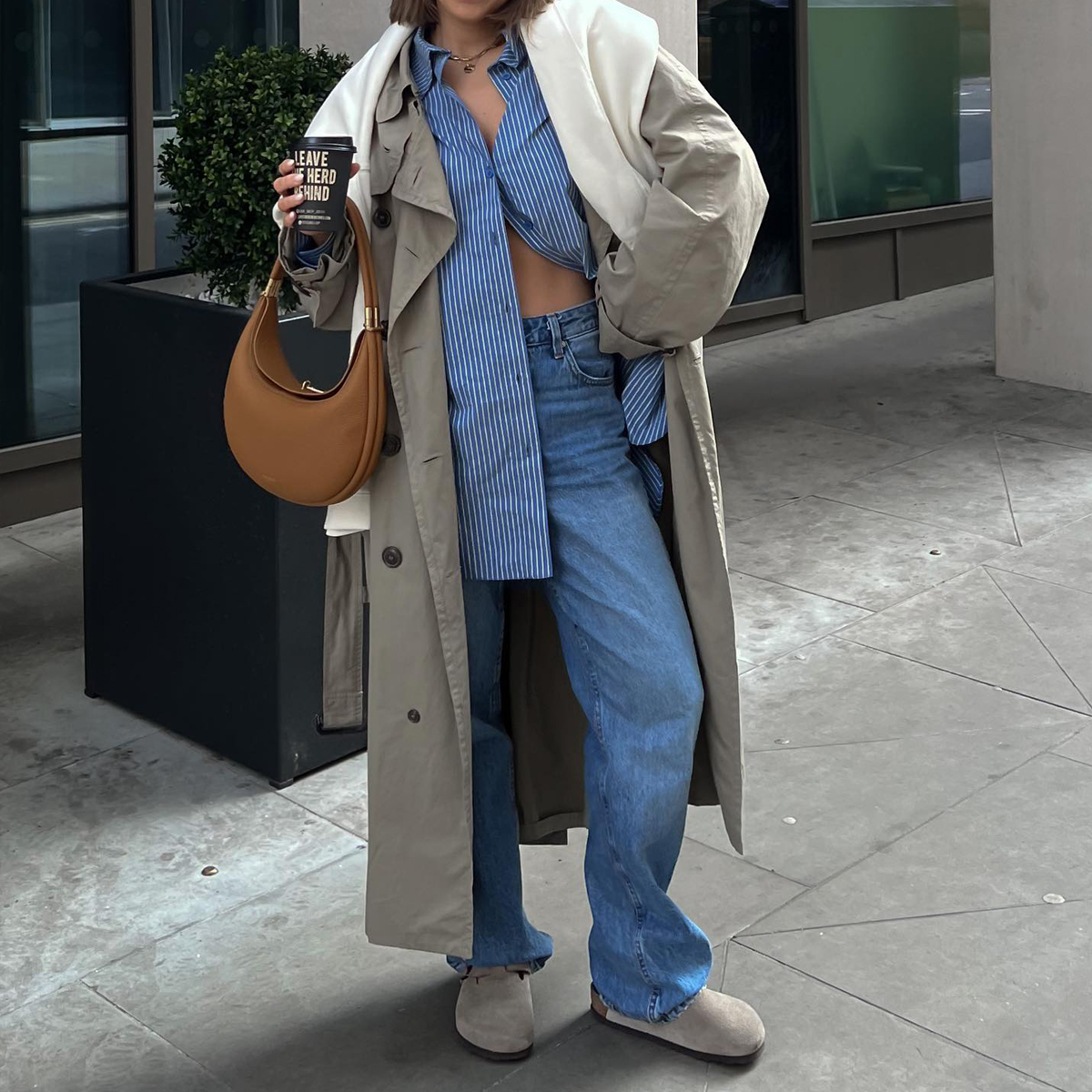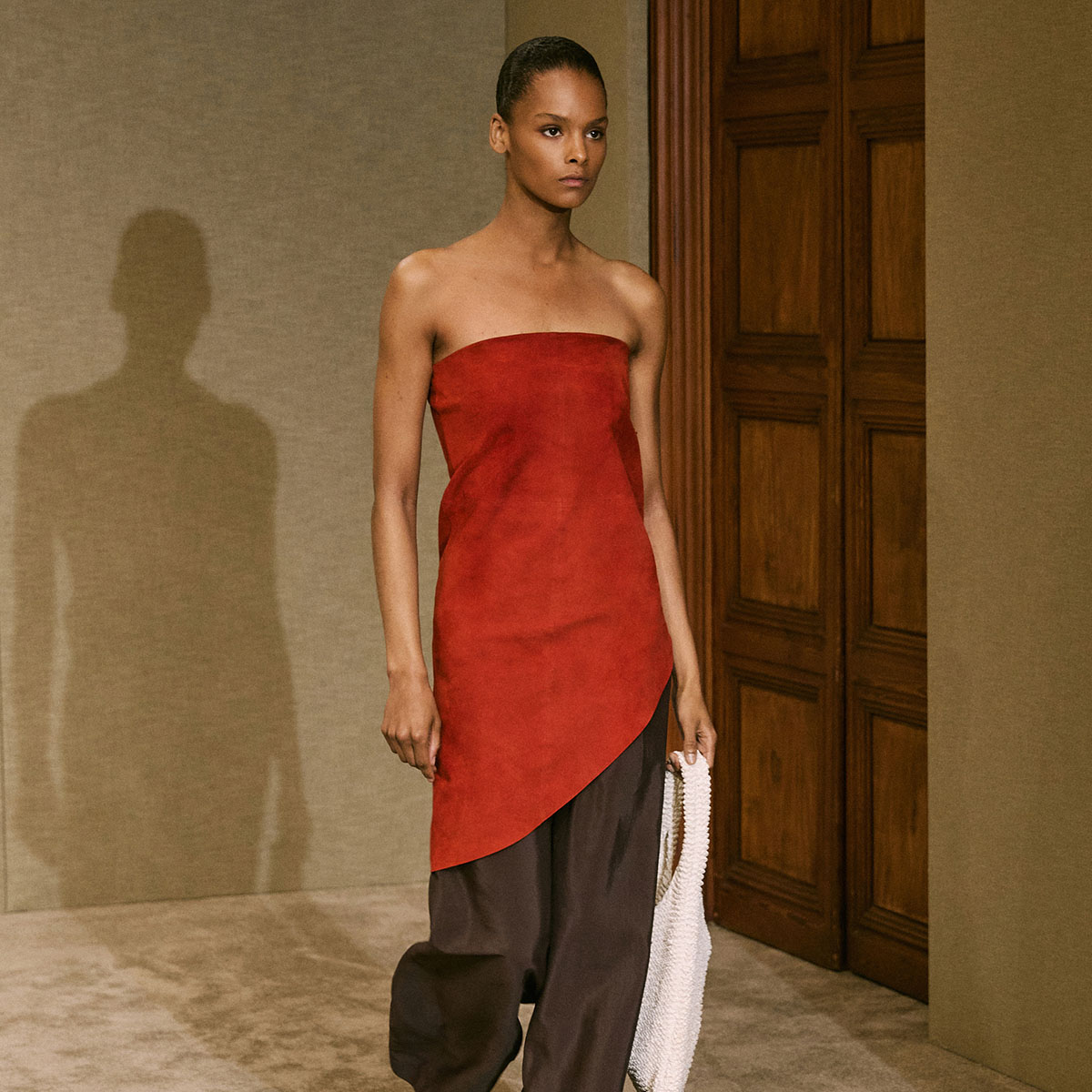I Got So Many '40s Beauty Tips From the Makeup Artist Behind We Were the Lucky Ones

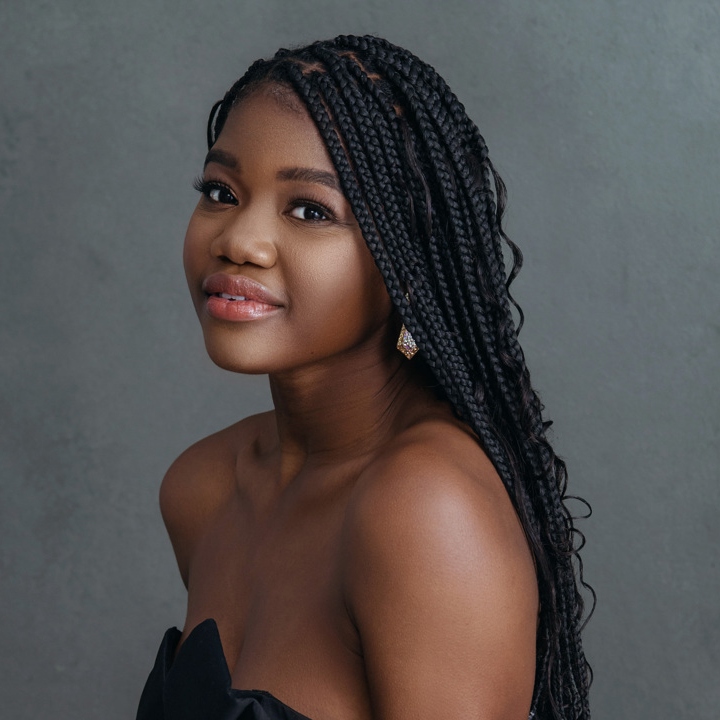
Have you ever wondered how a movie or television show can transport viewers to eras of the past through a screen? With CGI, set design, and an extensive period-accurate wardrobe on lock, movie makeup and hair design take us the extra mile. Our favorite actors transform into strangers who lived in an entirely different time in history, but throughout the course of a series or movie, we get to know what makes them tick. For Hulu's newest historical drama We Were the Lucky Ones, hair and makeup designer Lynda Armstrong worked her magic on the series' talented cast.
An adaptation of Georgia Hunter's novel of the same name, the series follows the Kurcs, a Jewish family separated in a war-torn Europe during the second World War. Following the premiere of the series, I had the opportunity to speak with Armstrong—who created a variety of looks for the film's cast, including Joey King, Logan Lerman, Henry Lloyd-Hughes, and Hadas Yaron—about the inspiration behind her work, the nitty-gritty of research, and what it takes to travel back in time through beauty.
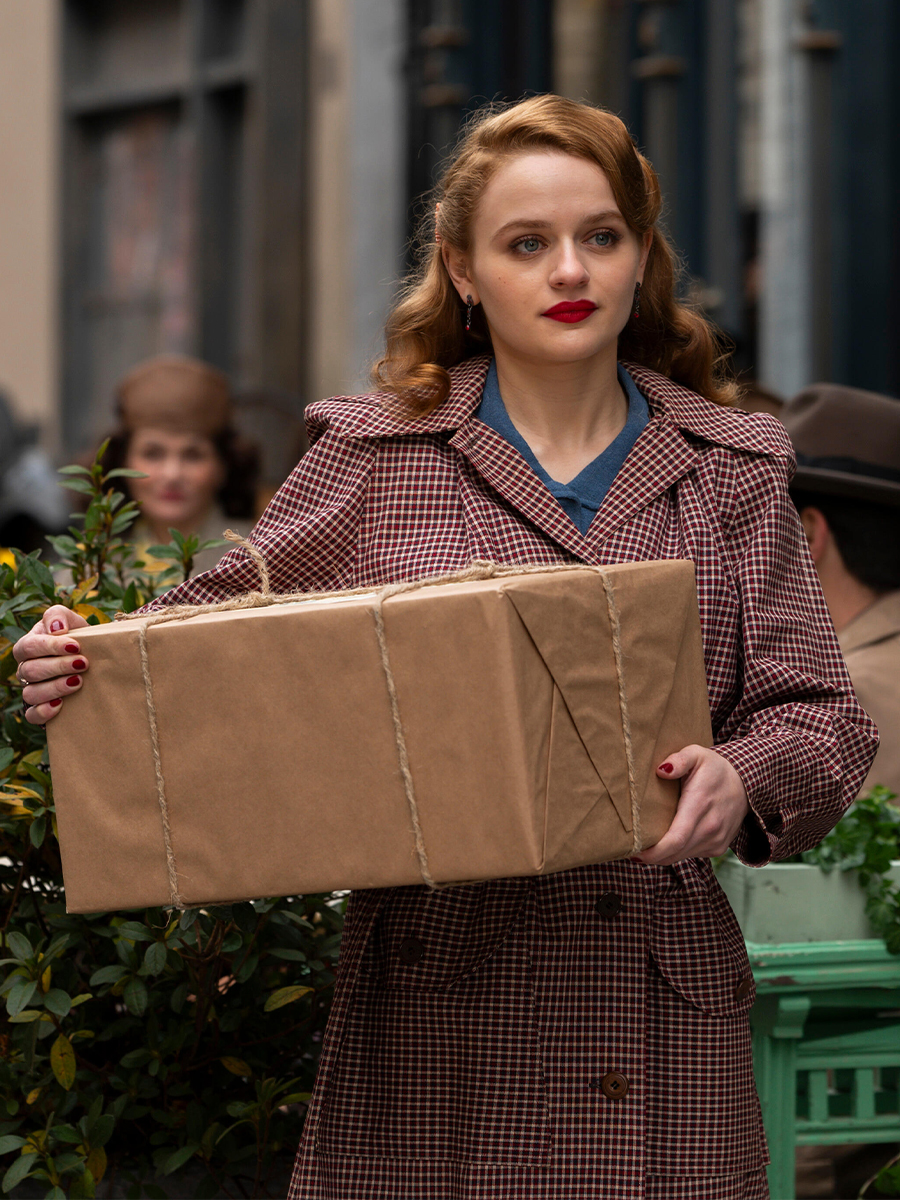
The Beauty in We Were the Lucky Ones
Did you have any experience creating '30s and '40s makeup looks before working on the series? What drew you to this particular project?
I have had previous experience in creating '30s and '40s makeup! In fact, before I worked on We Were the Lucky Ones, I had just done another project, which was All the Light We Cannot See. Even in their darkest times, people tried very hard to keep themselves up for a a sense of normalcy and make themselves feel better. I looked at popular magazines and newspapers of the time that had advertisements for different cosmetics that were used, which had little bits about how to use them and make the products last longer.
The series is based on an incredible book that follows how the lives of a family change during and after the war as well as how they look for hope everywhere. Because each character goes through a different journey, I got to create different hair and makeup looks. It was a challenge for me but also very interesting. I was very privileged to have been part of this project, and it meant an awful lot to me.
The series is an adaptation of Georgia Hunter's novel of the same name. How did stay true to the story's written form while bringing the characters to life?
First, I talked to Georgia Hunter because it's a story about her family. There were a few old photos of family members that I could reference, but I also had artistic license since this story is now on the screen. Joey King's character, Halina, has a goal of keeping her family alive. She's very strong and also manages to disguise herself as being non-Jewish.
For her, hair color was important throughout her journey. At the beginning, she's quite vivacious and colorful, but as things get darker, she has to change herself more. Halina's older sister, Mila, has just had her first child and is a bit nervous about the world at the beginning of the series, so I was much more strict with her style.
Genek ends up in a camp near Siberia, and his wife, Herta, is a very strong person who balances beauty with poise. Addy, Logan Lerman's character, had a lot more free-looking waves at the beginning, but once he joins the army, his hair is controlled by Brylcreem.
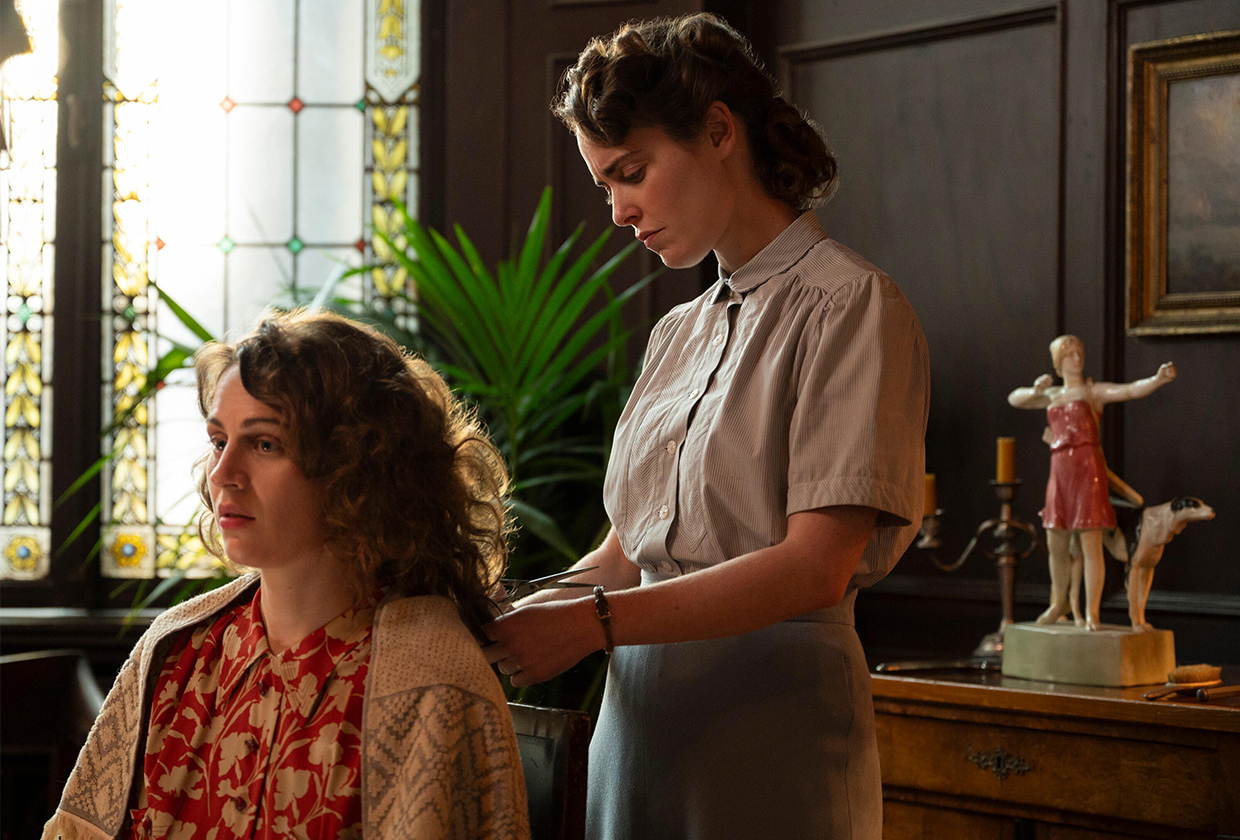
In your opinion, what differentiates the makeup and hairstyling process of period dramas from other genres?
During that time, people permed there hair a lot. Everything had a sort of wave and movement to it, whether it was pin-curled or styled with gel. They wore scarves and hats a lot, so there were a lot of styles I wanted to do the old-fashioned way because it sets different than the styling tricks we use now.
A lot of actors used hair pieces and wigs that were set at night. Today, you can do things a lot more quickly, but there's not a set "look" like the 1940s that were formed by the products they used. The makeup process was all about the eyebrows, lips, and blush.
Some women living in the ghettos during that era used to prick their fingers and brush them against their cheeks for a flush—powder blush was a luxury! They also always managed to keep a lipstick. Today, we can get away with bright, playful colors, but in the '40s, it was matte rosy reds.
Red lips are arguably the most recognizable feature of classic makeup looks throughout the '30s and '40s. How did the red lipstick shades reflect the time period?
It's funny because when I was doing my research for makeup looks, I created a red lip shade that I loved. Joey was there, and she asked me what color and brand it was, and I had to tell her I mix a lot of my shades! I always made sure they were matte.
For Joey's character, the reds she wears at the beginning of the series are quite bold and then become more gentle as time passes. Sometimes, her red lips even looked more stained, as if her lipstick had moved and left the residue behind to reflect her lack of access to products.
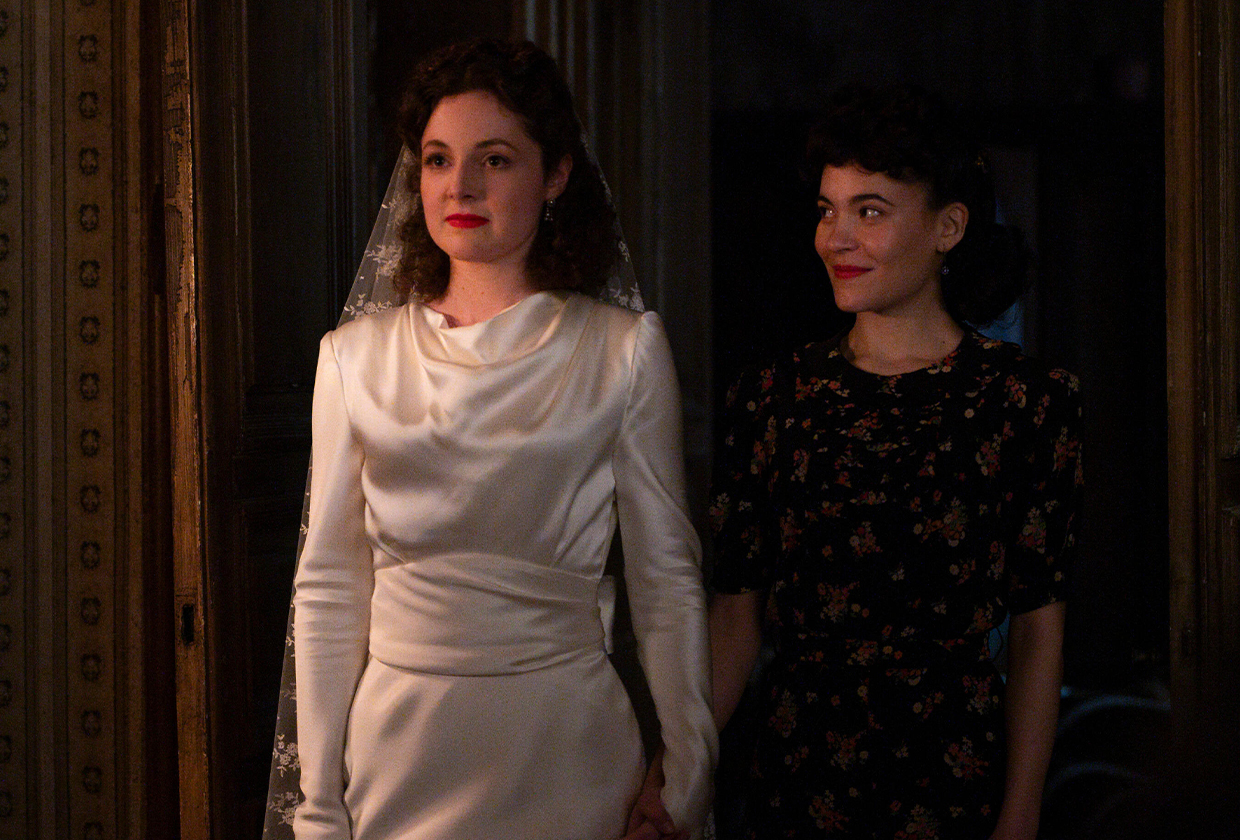
Were there any particular brands from the past or present you gravitated toward for the creation of makeup and hair looks? If so, why did they stand out to you?
I use Glossier's Priming Moisturizer and put the Futuredew Oil-Serum Hybrid underneath for a natural-looking glow. I also love their Cloud Paint Gel Blush because you can mix the shades. I also mix Charlotte Tilbury's makeup bases and IT Cosmetics' CC+ Cream so I can start with one tone and blend until it completely shapes someone's face. I also liked using Westman Atelier's contour sticks to help get me out of trouble.
We actually had three wigs made for [Joey]. We would set them at nighttime, and sometimes, we would put them in the baking oven so they would set a bit stronger, and then we would wash and put oils back into them. Then we would [test] them out on and off of Joey's head and make sure no one could see any lace ... which I don't think we did!
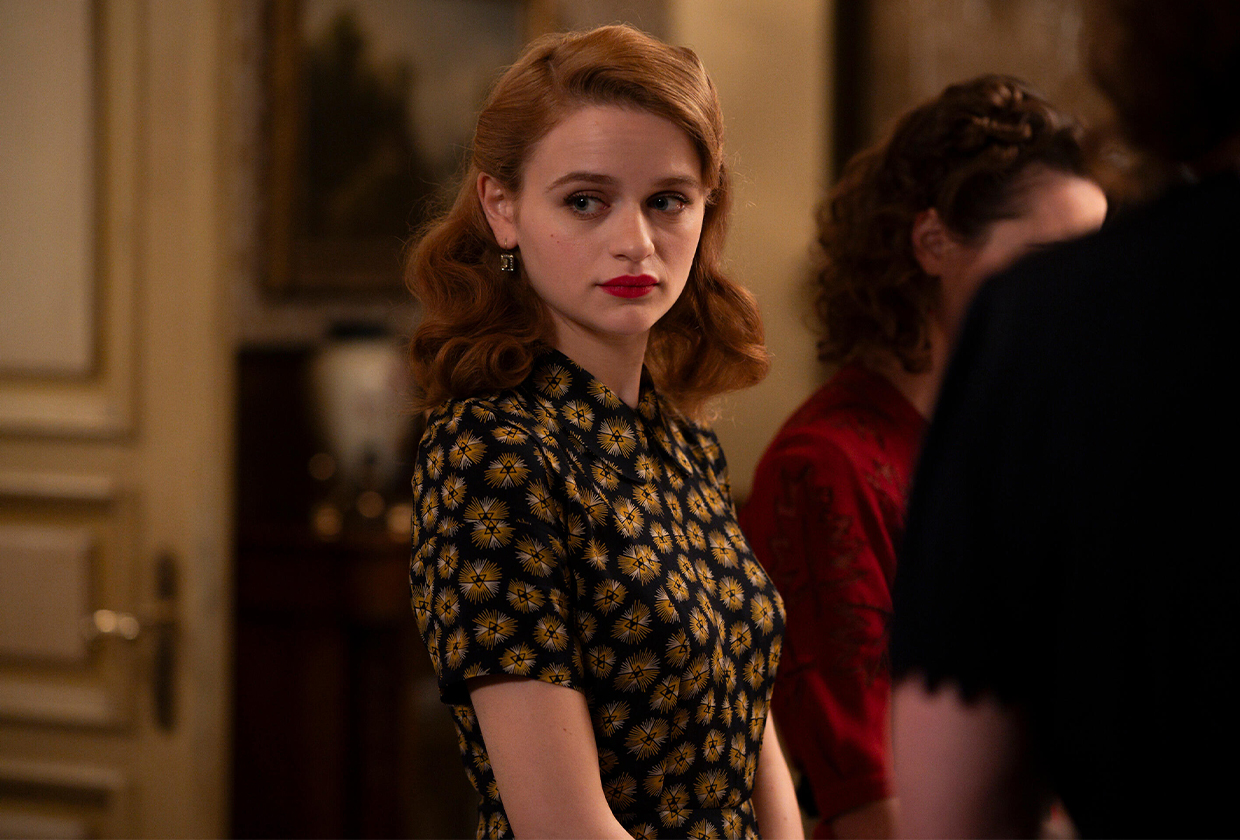
What was your creative approach like to making the hair and makeup historically accurate to display realism within the characters?
After I talked to Georgia and found out what family photographs she had, I looked at more photographs of people in the '30s and '40s and their location. I didn't want the characters to look overly English but more European. I also took into account what's happened to a character over the course of the story to make it as authentic as possible rather than sticking to one way of creating a look.
There were quite a lot of hair looks during the series, but I really based the styles to fit the face of whoever I was working versus the other way around. I also spent a lot of time with the costume designer and took note of what the characters were wearing. I payed attention to the color palettes and how all the makeup, hair, and accessories would look together to make everything look like a snapshot of the time period.
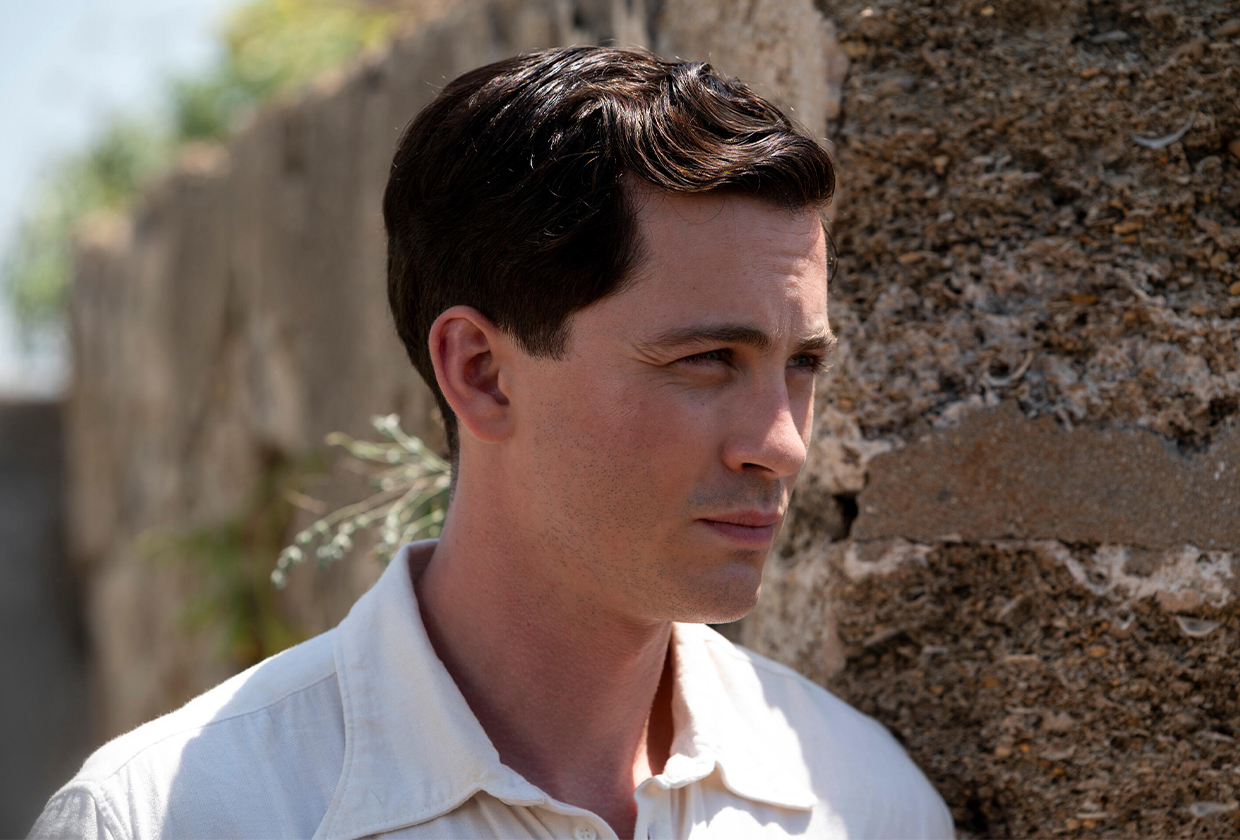
If you keep a careful eye on the hairstyles, viewers can spot a few standout hair looks (e.g., strict cuts of the German military). How did you decide which hairstyles you wanted to create?
We were shooting in Bucharest, and a lot of guys we casted as part of the German military had extremely short, even hair, but the actual soldiers during that time had really odd haircuts. We would add what we call topper hairpieces to the top of the actors' heads to give them more length. We gave the German military strict, angular haircuts, while for the Polish military, there was a much softer look.
Finally, how big was the team that created all these hairstyles and makeup looks? How long did it take?
On the principle team, we had seven permanent people, but we also had an amazing hair and makeup supervisor that focused on creating looks for the crowds, which was a huge job. They would sometimes have 20 makeup and 20 hair people at once that would have to be done. I worked closely with her to choose looks for everyone, from how dirty we wanted someone to how the hair should be, and we would make changes as we went.
For Joey, a full makeup and hair look would usually be about an hour and a half in the morning, but there are quite a few different looks she had later on in the series that weren't meant to look beautiful. As we filmed, because we never shot in continuity, we had to go back and forth between different scenes, which meant so did hair and makeup.
The cast was fabulous! It's funny to say based on the subject matter alone that working on this film was a joy because it was very emotional. There was a trauma person on set to provide support for anyone on set. It's a series that I feel very lucky I was involved in!
Shop Our '40s-Inspired Beauty Favorites
Bold Red Lips
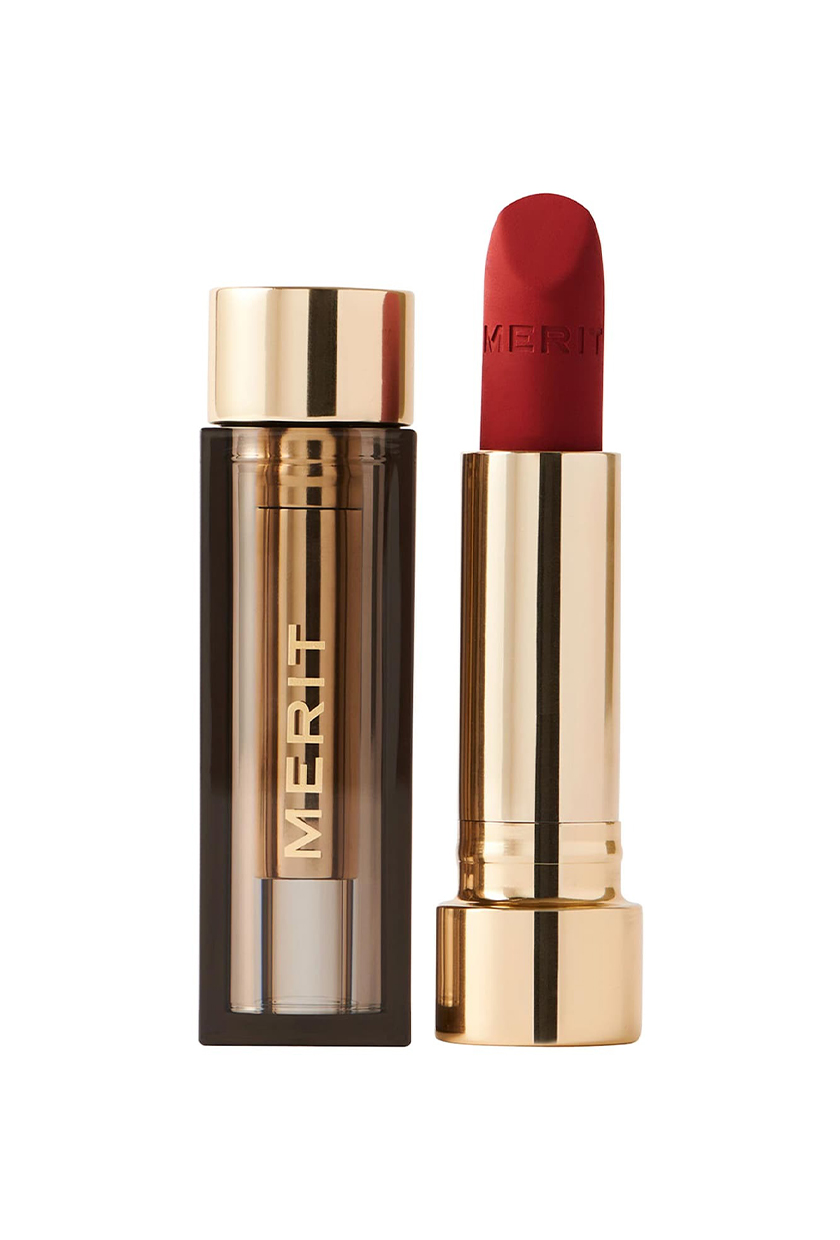
A matte finish is the way to go when creating '40s-inspired makeup looks. This one by Merit is lightweight with a nondrying formula and buildable color. My personal favorite is the cool red shade, Power.
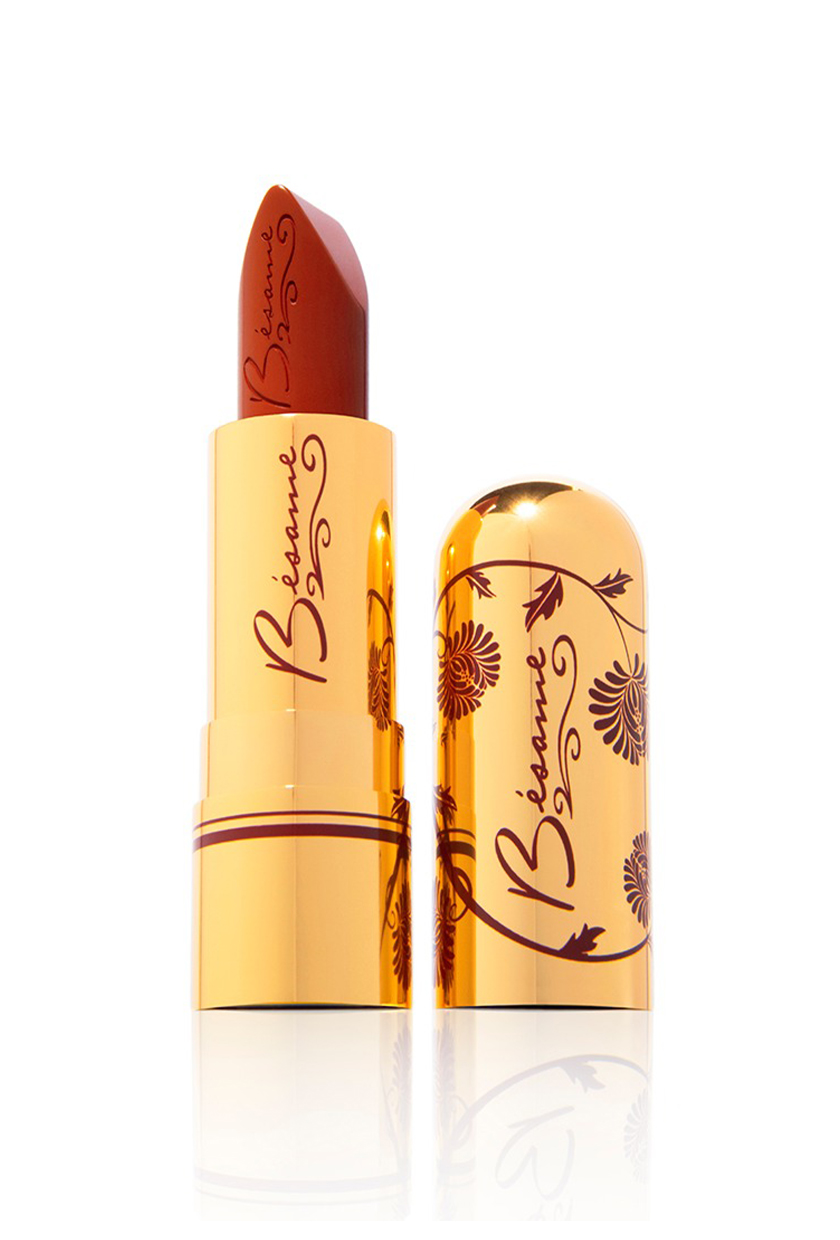
Bésame Cosmetics is known for embracing the beauty tools, trends, techniques, and popular colors of eras past. Red Velvet is a brick red inspired by a hue that gained popularity in 1946.
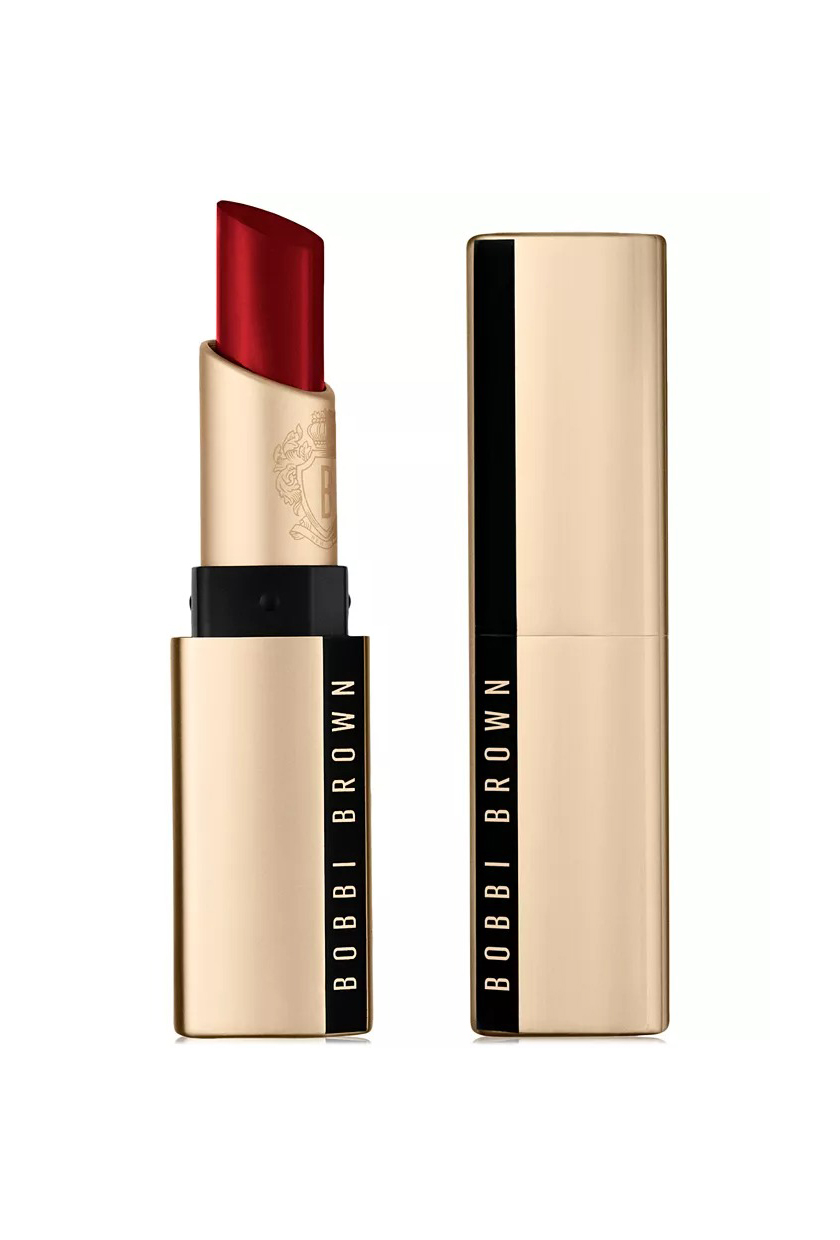
Bobbi Brown's nondrying matte lipstick delivers skincare-infused comfort with transfer- and fade-proof wear. Its formula features flower extracts, wax, and plumping peptide technology. After Hours is one of my most used red lip colors for a night out.
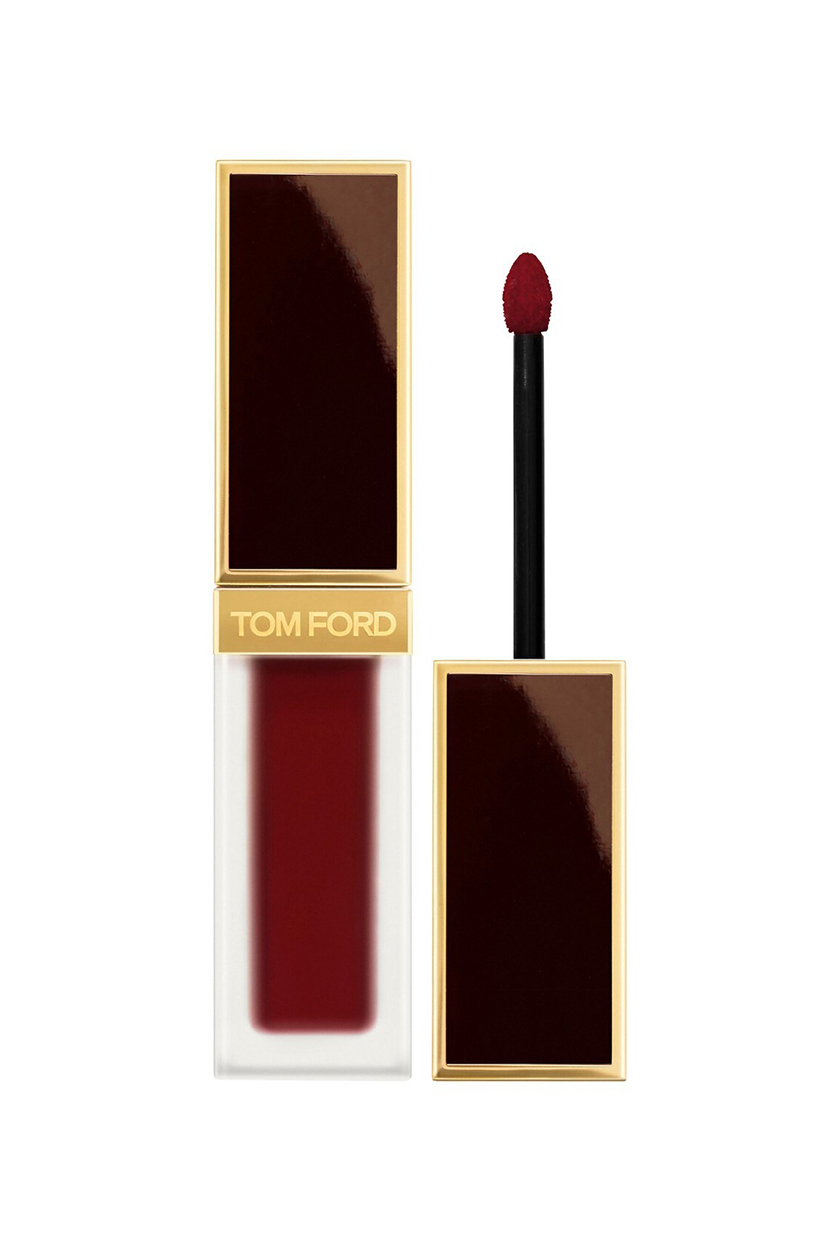
Here's one for all the liquid-lippie lovers! This Tom Ford one melts onto the lips and delivers vivid, high-pigment hues. The chestnut red, Secret Rendezvous, is the perfect red for all skin tones.
Flushed Cheeks
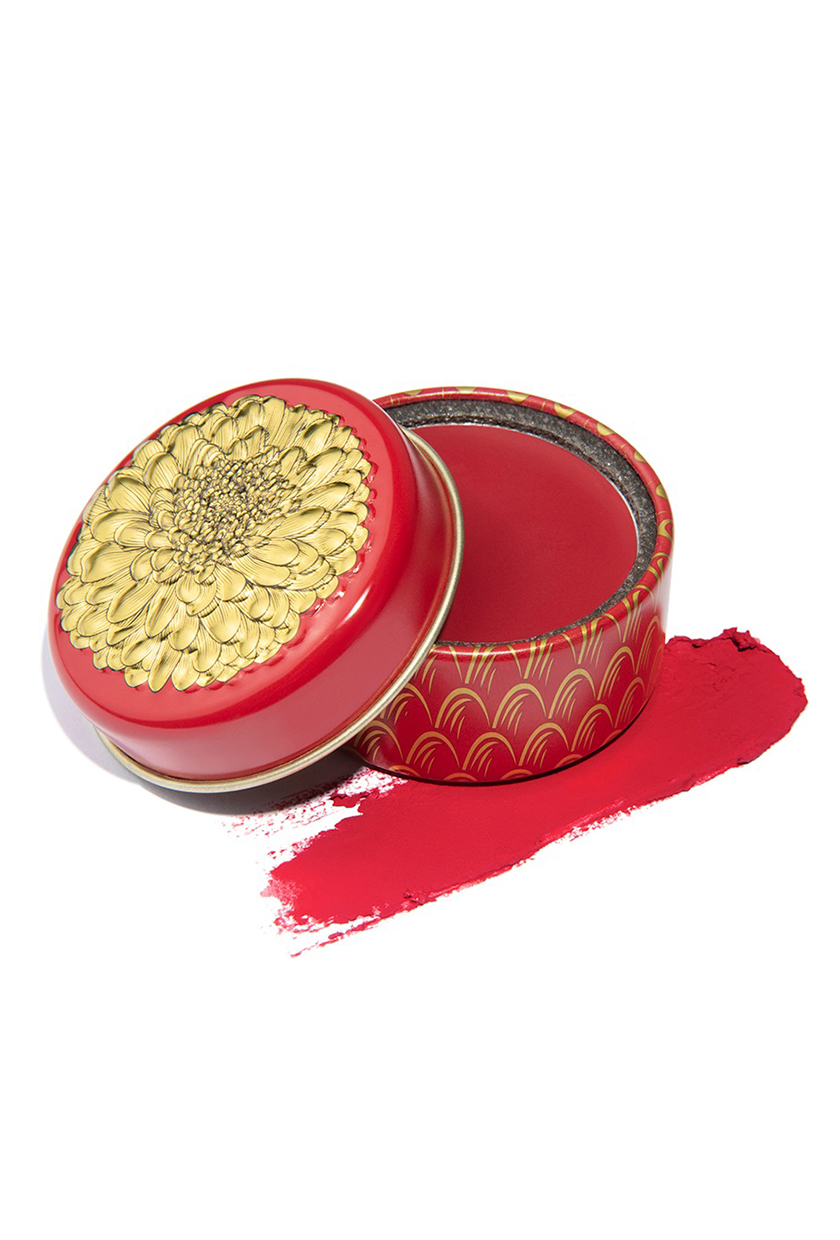
I've been wearing this blush since 2017, and I'm still in love with it. This cream blush delivers a natural, weightless flush of rosy color with just a hint of coral to the cheeks and is packaged in a gorgeous vintage-inspired gold-and-red tin.
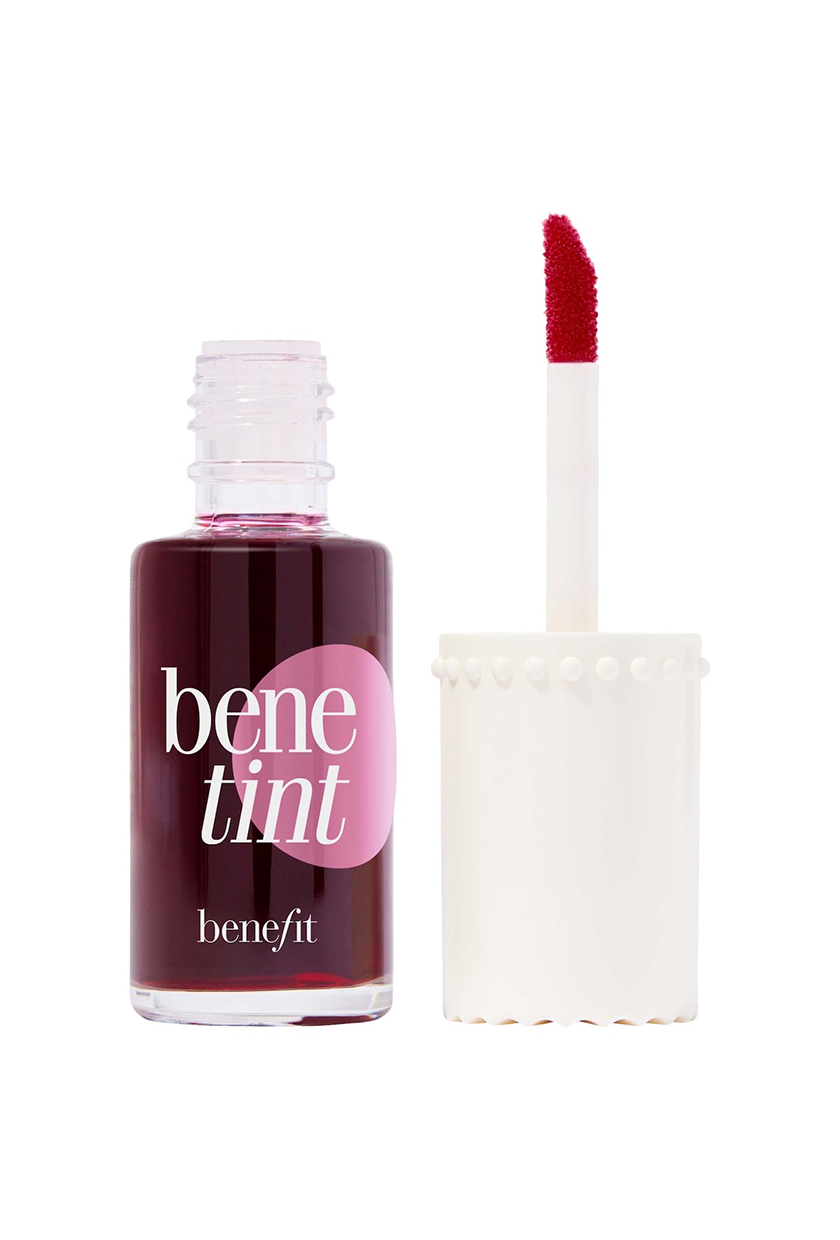
This is another blush I've had in my makeup kit for a long time. This cult-classic cheek and lip tint is long-wearing, nondrying, and transfer-proof. Benefit has even launched more shades in the past few years.

Blush in the '40s was all about adding natural-looking color to the complexion. The Merit Flush Balm in Rouge gives a timeless "just pinched" effect with minimal effort and lets your skin show through.
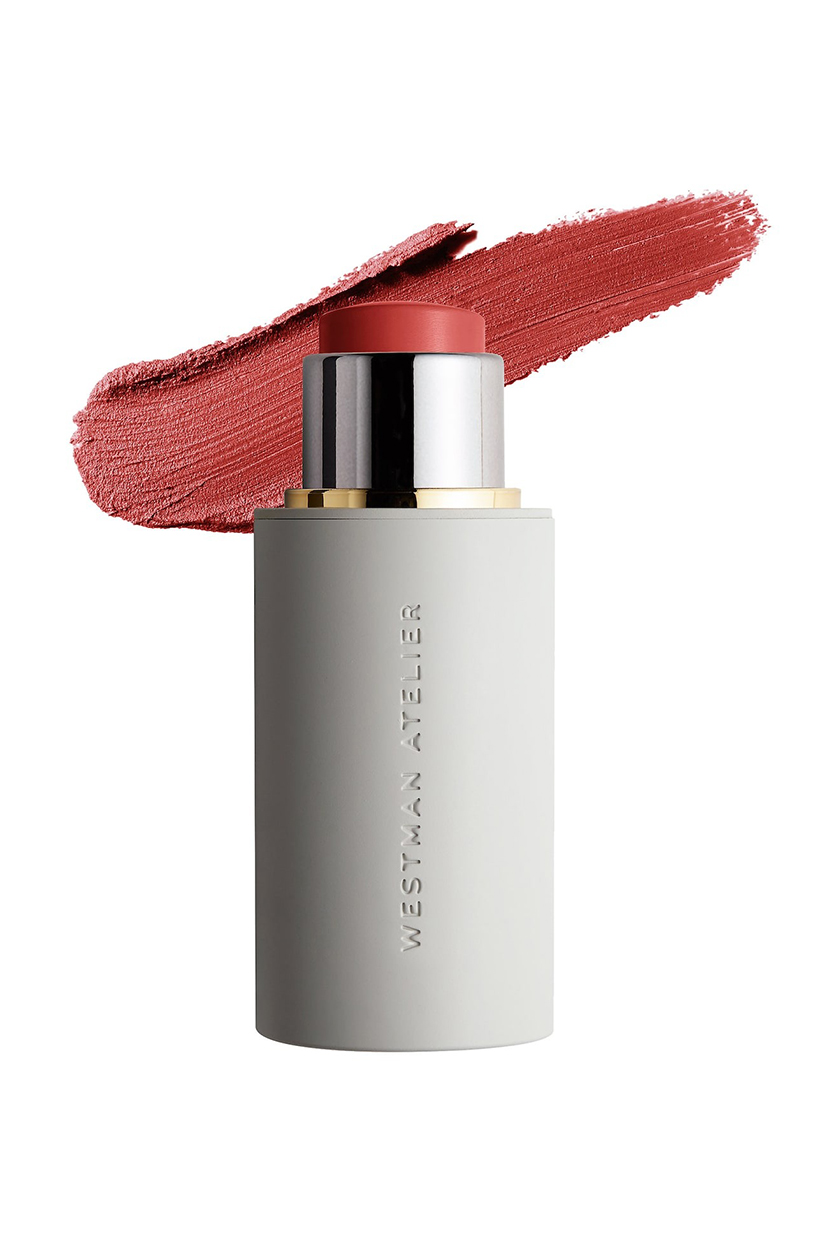
I've also been a longtime fan of this multipurpose cream blush stick. It offers a buildable, hydrating finish that looks great on all skin tones and doesn't go anywhere throughout the day. Bichette is the berry red of my dreams.
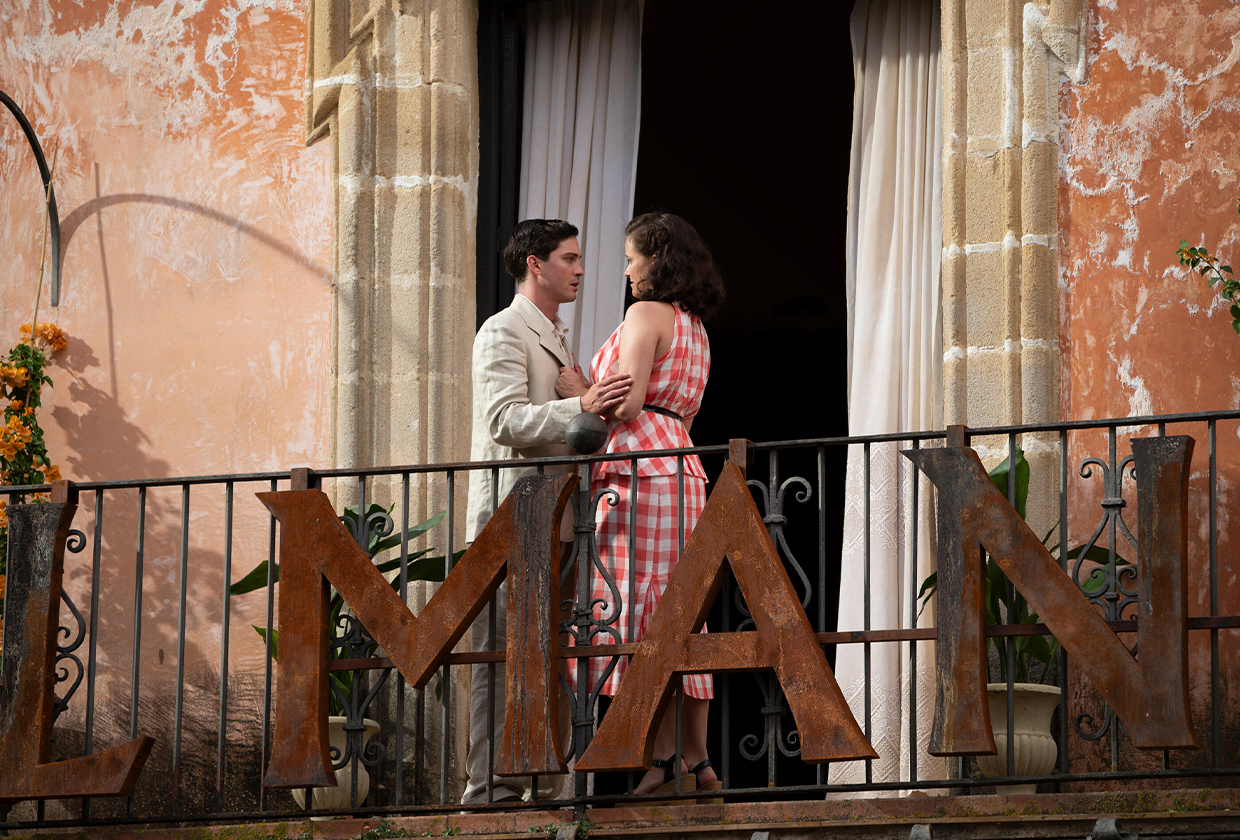
Waves, Curls, and More
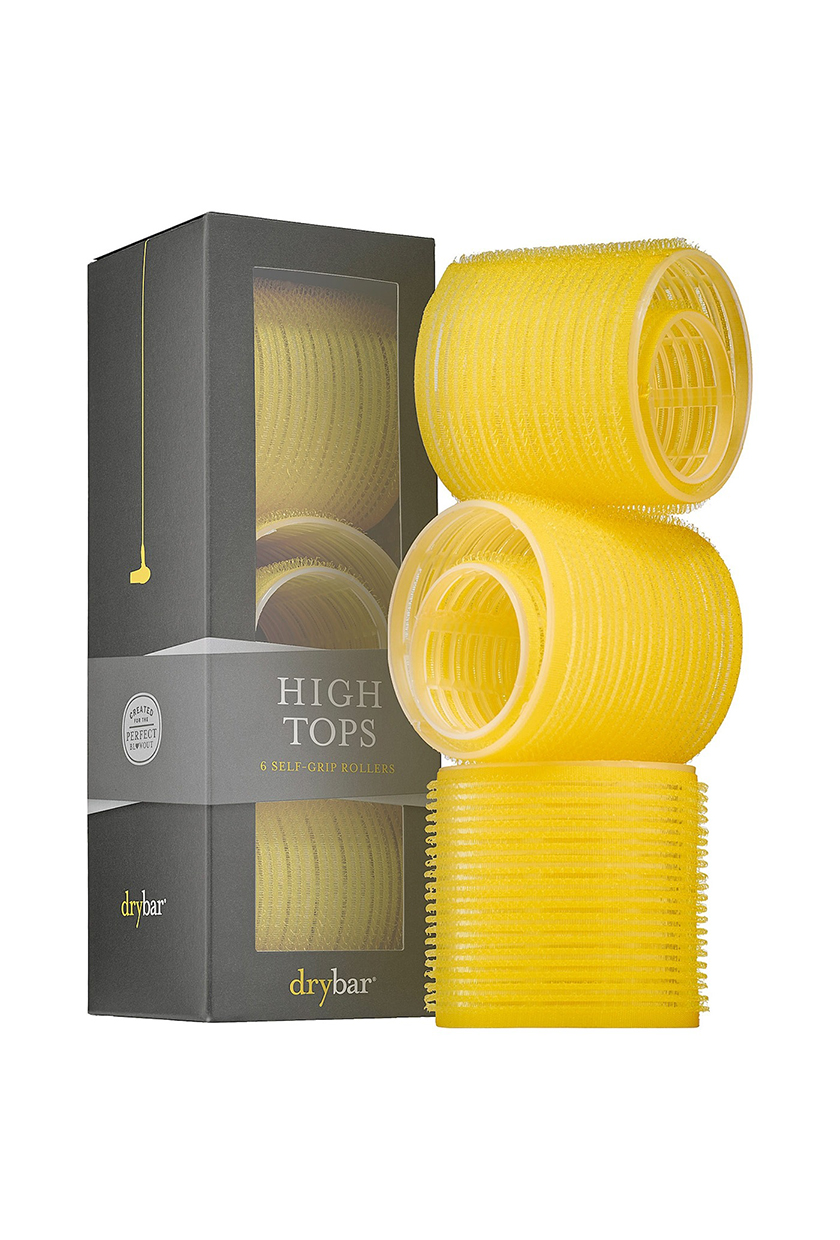
If you have limp, lifeless hair, it's time to invest in volume-building rollers. These rollers from Drybar stay in place without pins or clamps with a gentle self-grip material to create lift wherever you'd like it.
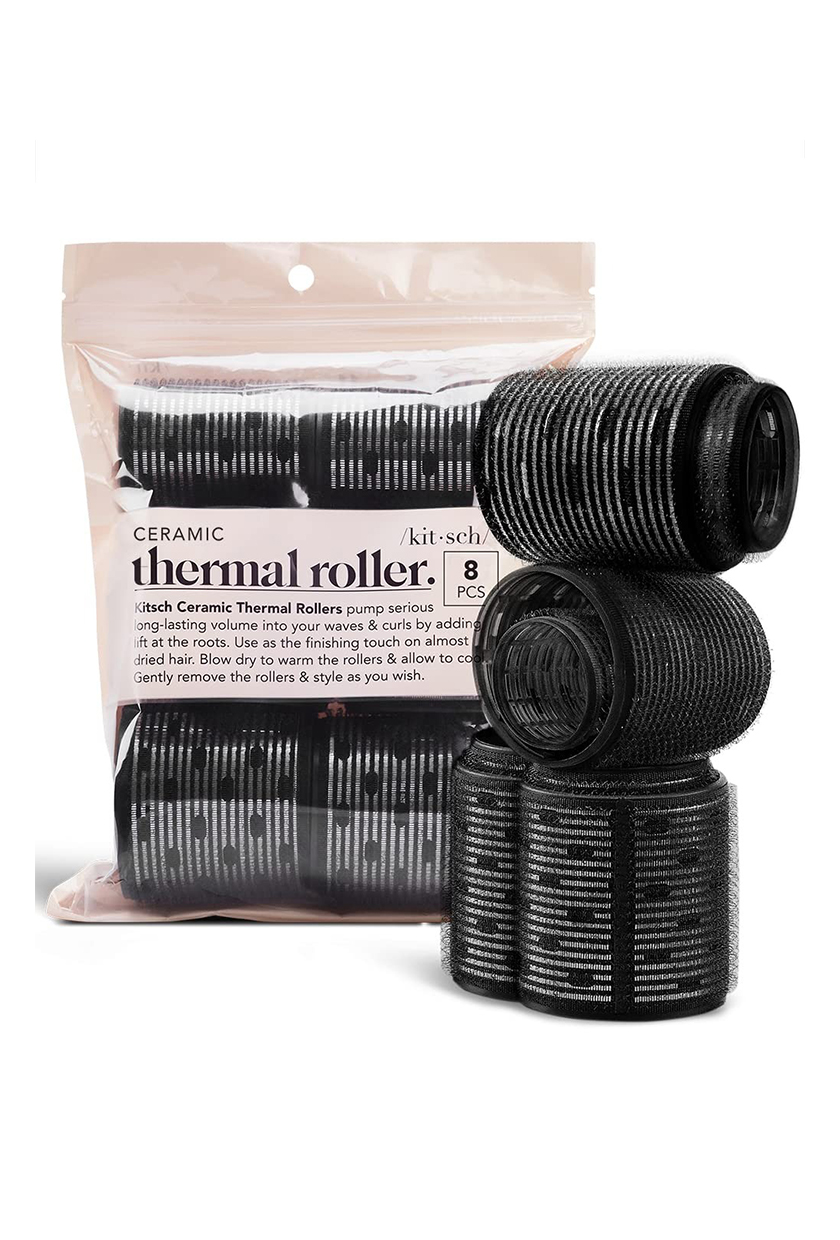
The hair rollers in this set use a ceramic-coated core to evenly distribute heat and set curls while cooling to provide longer-lasting volume. It includes three different-sized rollers for all hair lengths and to create a variety of curl shapes.
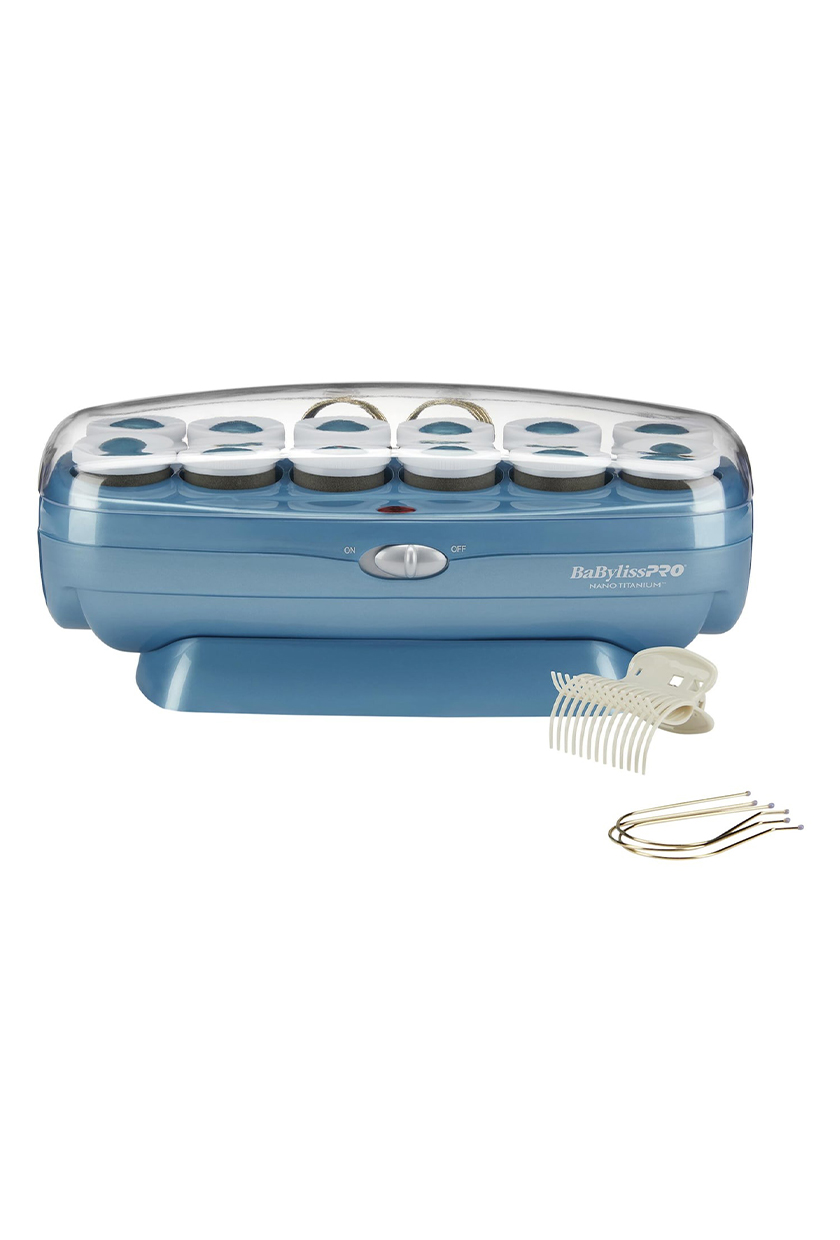
Use these jumbo rollers to generate gentle, far-infrared heat, eliminating damage to your tresses. The set includes 12 velvety flocked rollers, 12 butterfly clips, and 12 color-coded metal pins to help set your curls to perfection.
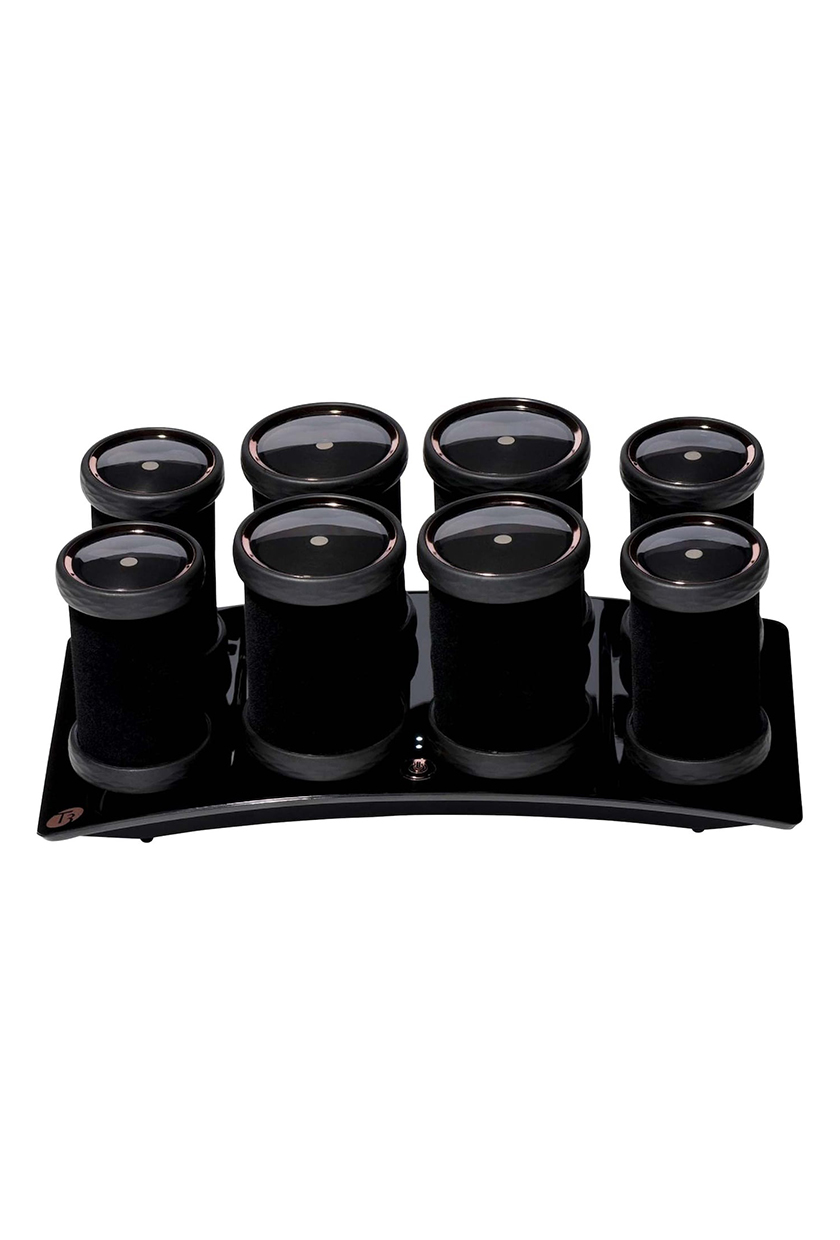
The Volumizing Hot Rollers Luxe set features two heat settings, allowing each roller to deliver even heat transfer for lasting voluminous results. Plus, you don't have to worry about your hair creasing—it has a smart design that won't shift.

Maya Thomas is Who What Wear's Associate Beauty Editor based in New York City. Her strong love for all things beauty and fashion stems from a strong childhood interest in the fine arts. During a gap year spent in Paris studying the history of French fashion, she shifted her focus to English literature and journalism as a student at Loyola Marymount University with the goal of one day pursuing a career in fashion. After graduating in May 2021, Maya began freelancing for Parade.com as a contributing commerce writer while also building a following on her lifestyle blog, Itsmayalala.com. When she's not writing, Maya spends her free time catching up on reading, perusing art galleries, and enjoying a night out at the ballet every now and then.
-
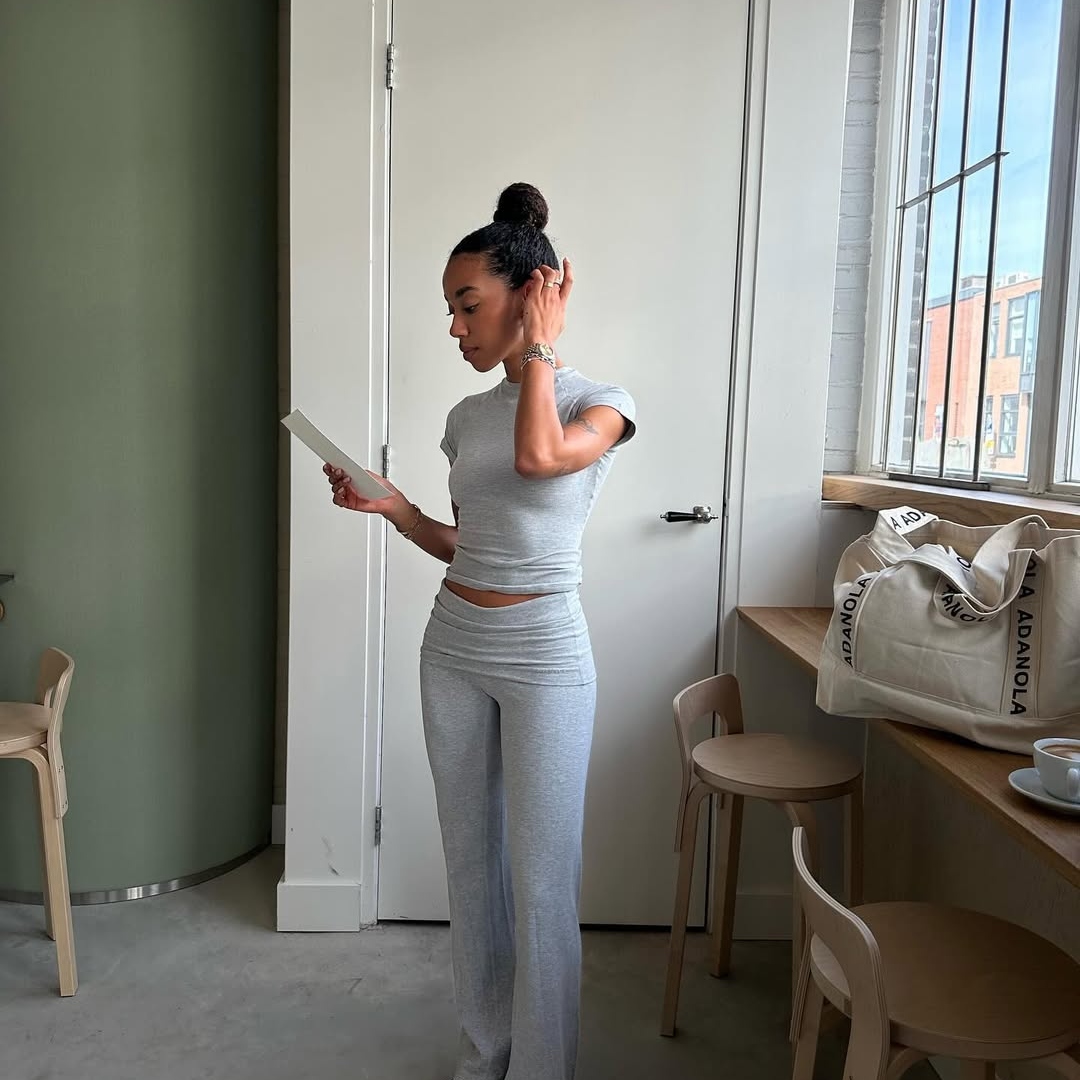 I Used to Postpone Workouts to Save My Hairstyles—These Sweat-Defying Tips Changed the Game
I Used to Postpone Workouts to Save My Hairstyles—These Sweat-Defying Tips Changed the GameThey always work.
By Maya Thomas
-
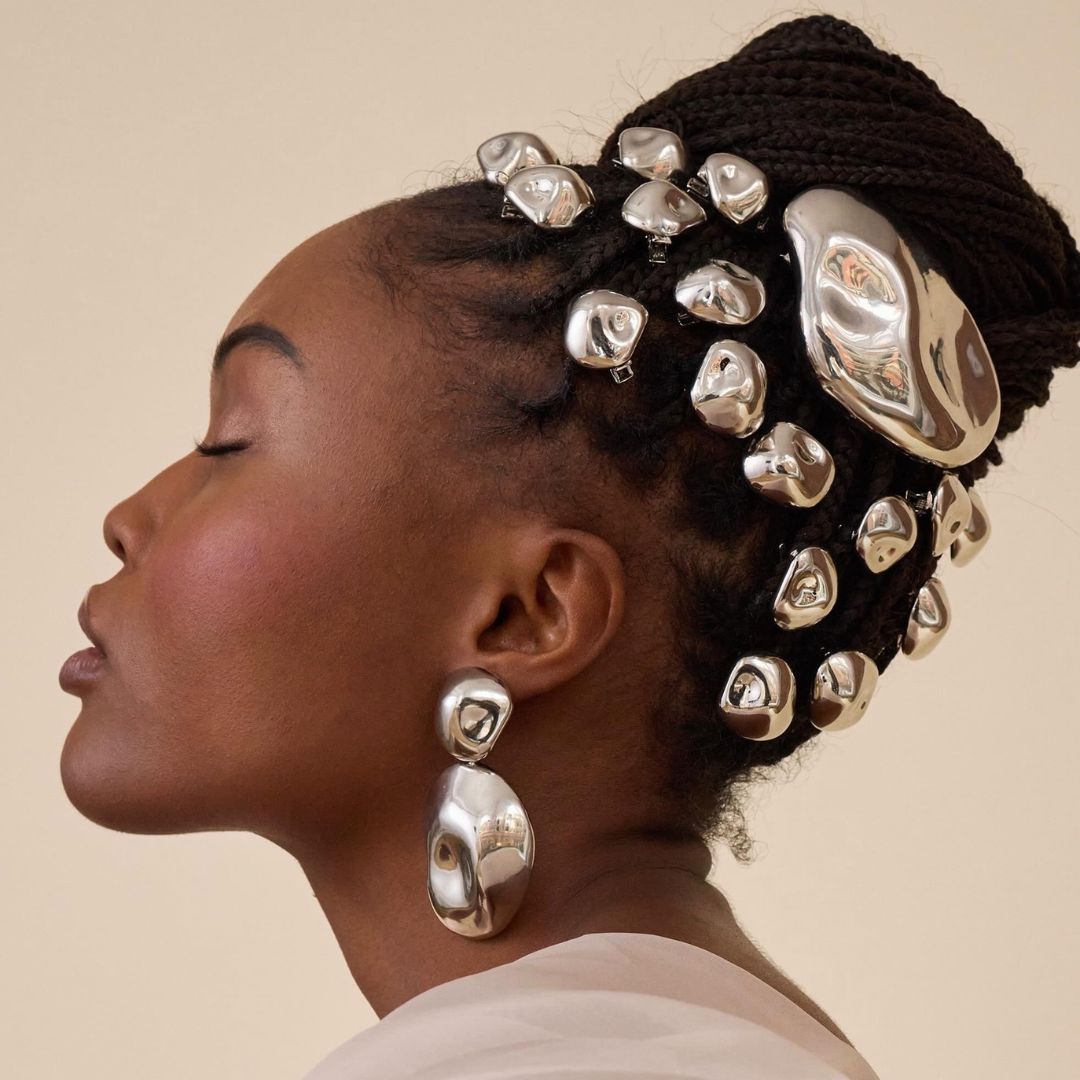 All the Chicest People I Know Have Been Dabbling in This Breathtaking 2025 Hair Trend
All the Chicest People I Know Have Been Dabbling in This Breathtaking 2025 Hair TrendFuturistic and stunning.
By Alyssa Brascia
-
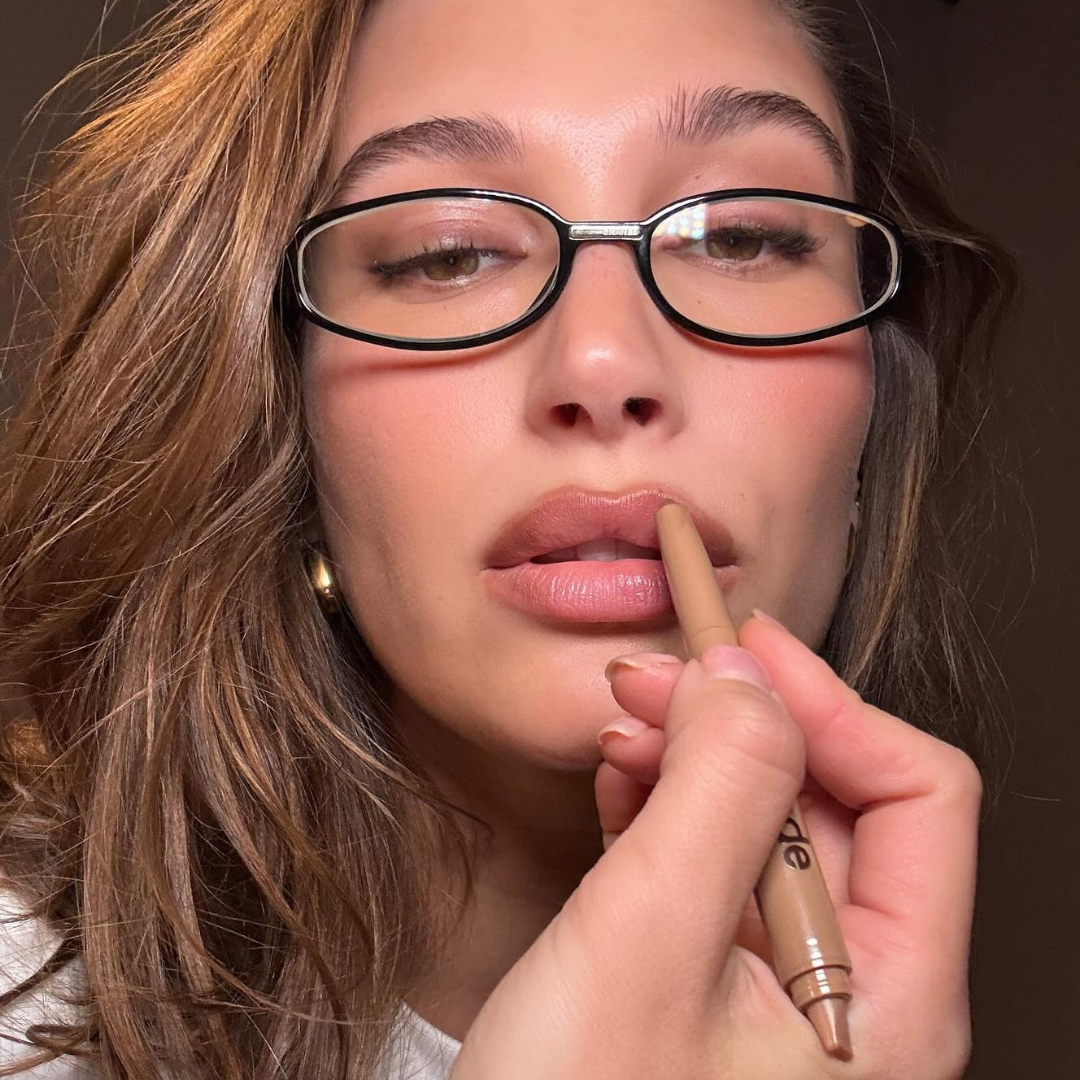 This Lip-Contouring Guide Is Essentially Your Cheat Sheet for a Fuller Pout, Sans Needles
This Lip-Contouring Guide Is Essentially Your Cheat Sheet for a Fuller Pout, Sans NeedlesA plumper pout has never been so painless.
By Alyssa Brascia
-
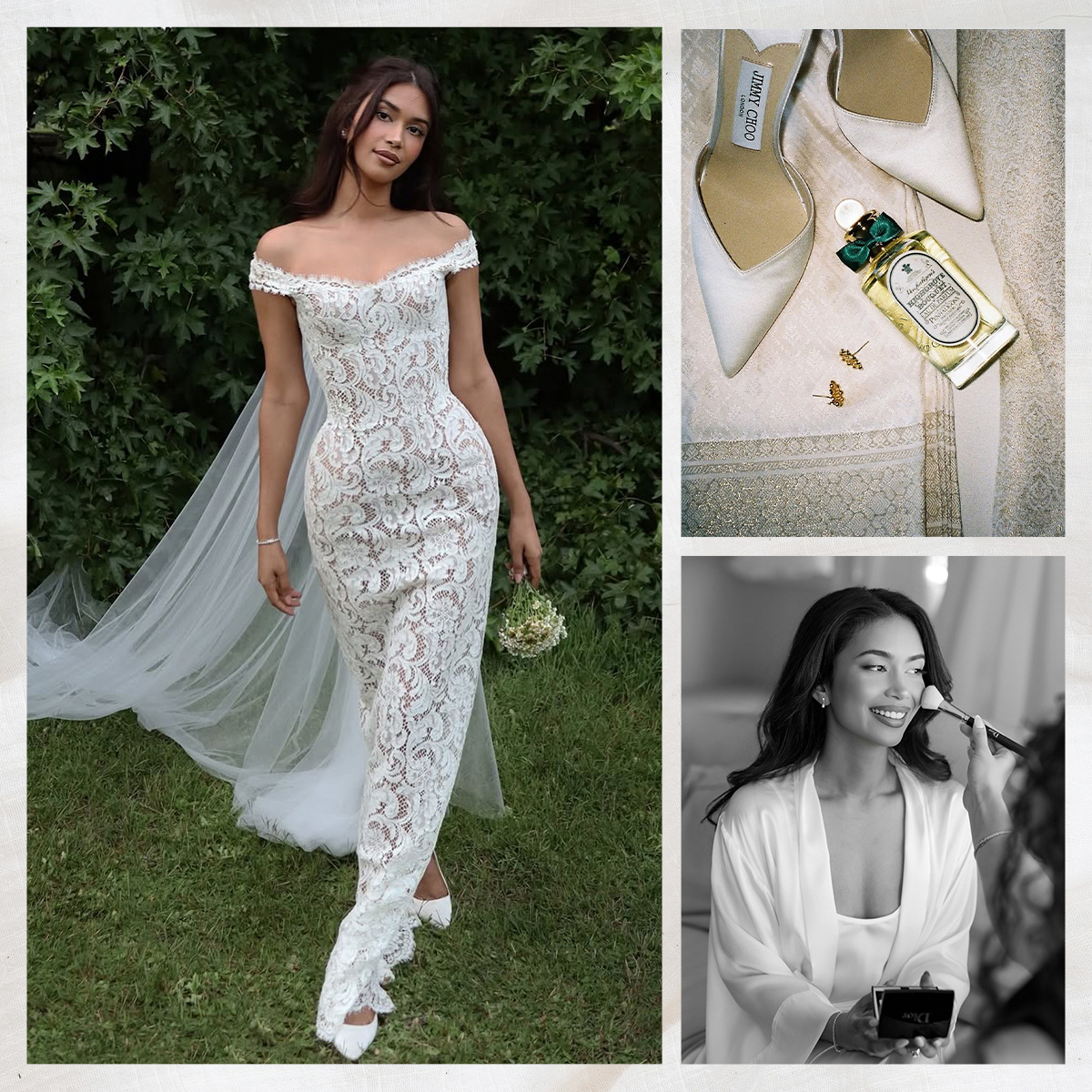 How Mishti Rahman Took On 5 Wedding Beauty Looks With a Vampy and Angelic Touch
How Mishti Rahman Took On 5 Wedding Beauty Looks With a Vampy and Angelic TouchWedding beauty at its best.
By Maya Thomas
-
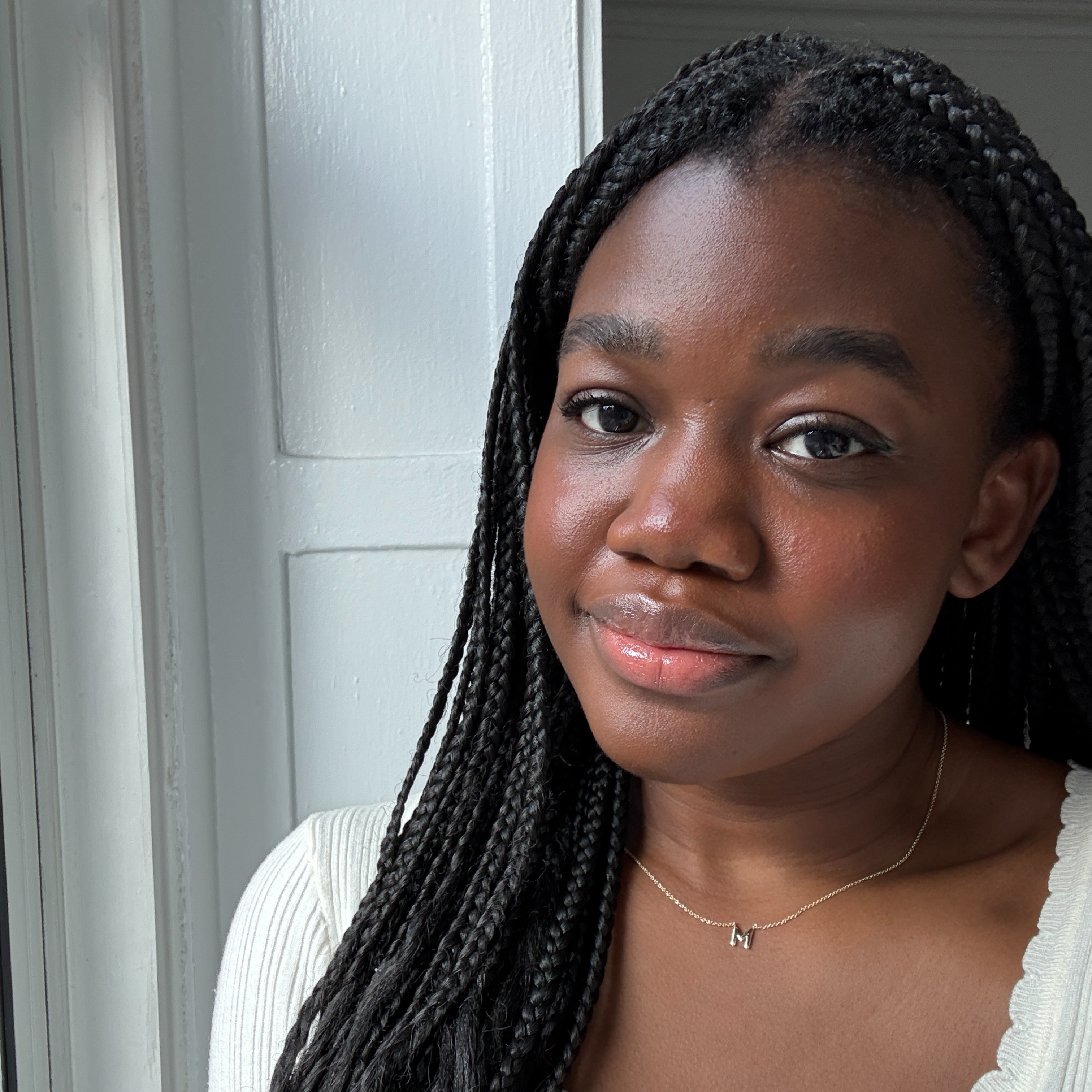 I Exclusively Wear Liquid Blush—Here Are the 13 Best for Just-Pinched Cheeks in Seconds
I Exclusively Wear Liquid Blush—Here Are the 13 Best for Just-Pinched Cheeks in SecondsThey're *almost* too good to be true.
By Maya Thomas
-
 No One Knows Festival Makeup Like This Iconic MUA—4 Trends She Says We'll See All Over Coachella
No One Knows Festival Makeup Like This Iconic MUA—4 Trends She Says We'll See All Over CoachellaGrab your tickets and glitter.
By Alyssa Brascia
-
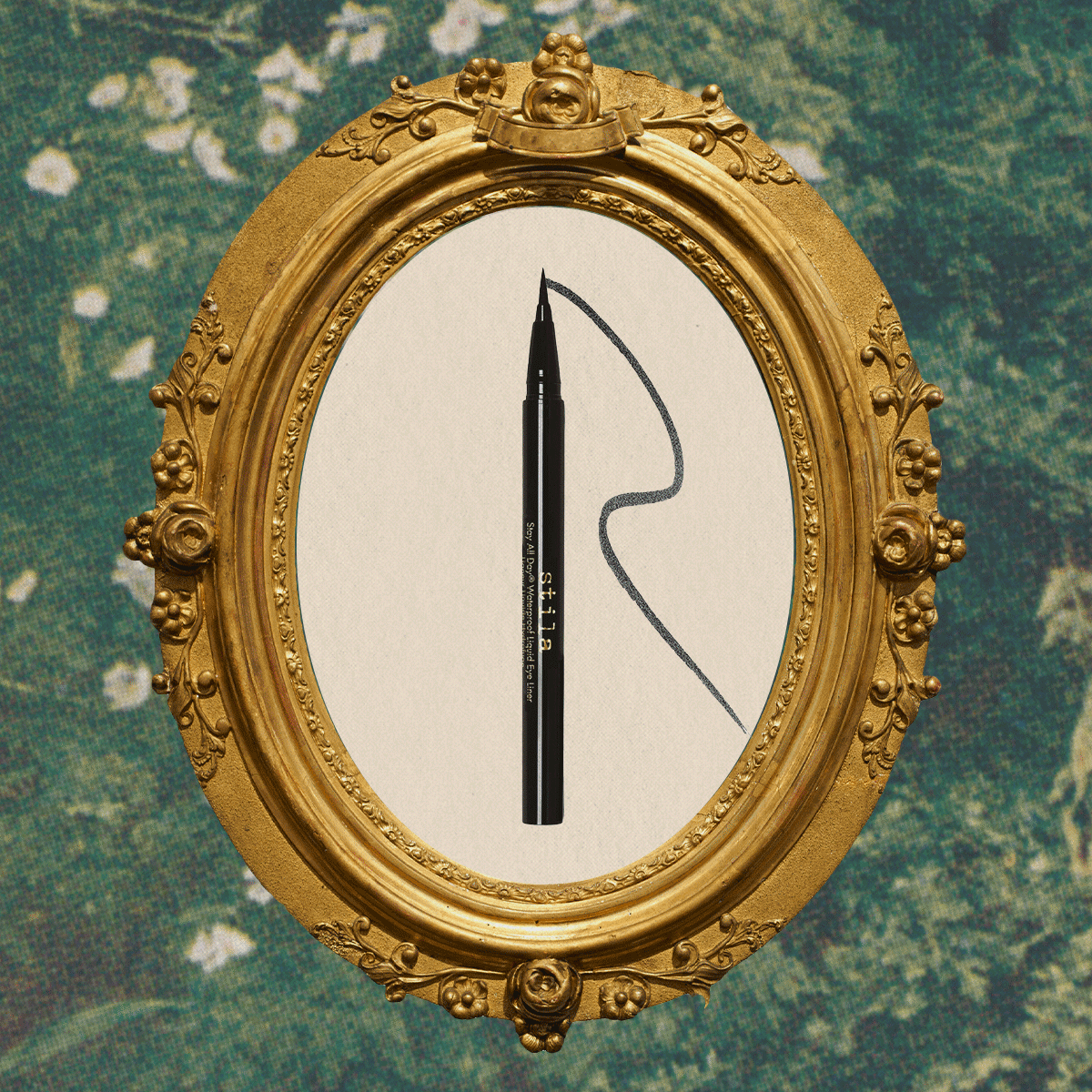 Millais's "Ophelia" Has Become My Favorite Spring Beauty Aesthetic—Here's How I'm Bringing It to Life
Millais's "Ophelia" Has Become My Favorite Spring Beauty Aesthetic—Here's How I'm Bringing It to LifePretty as a picture.
By Maya Thomas
-
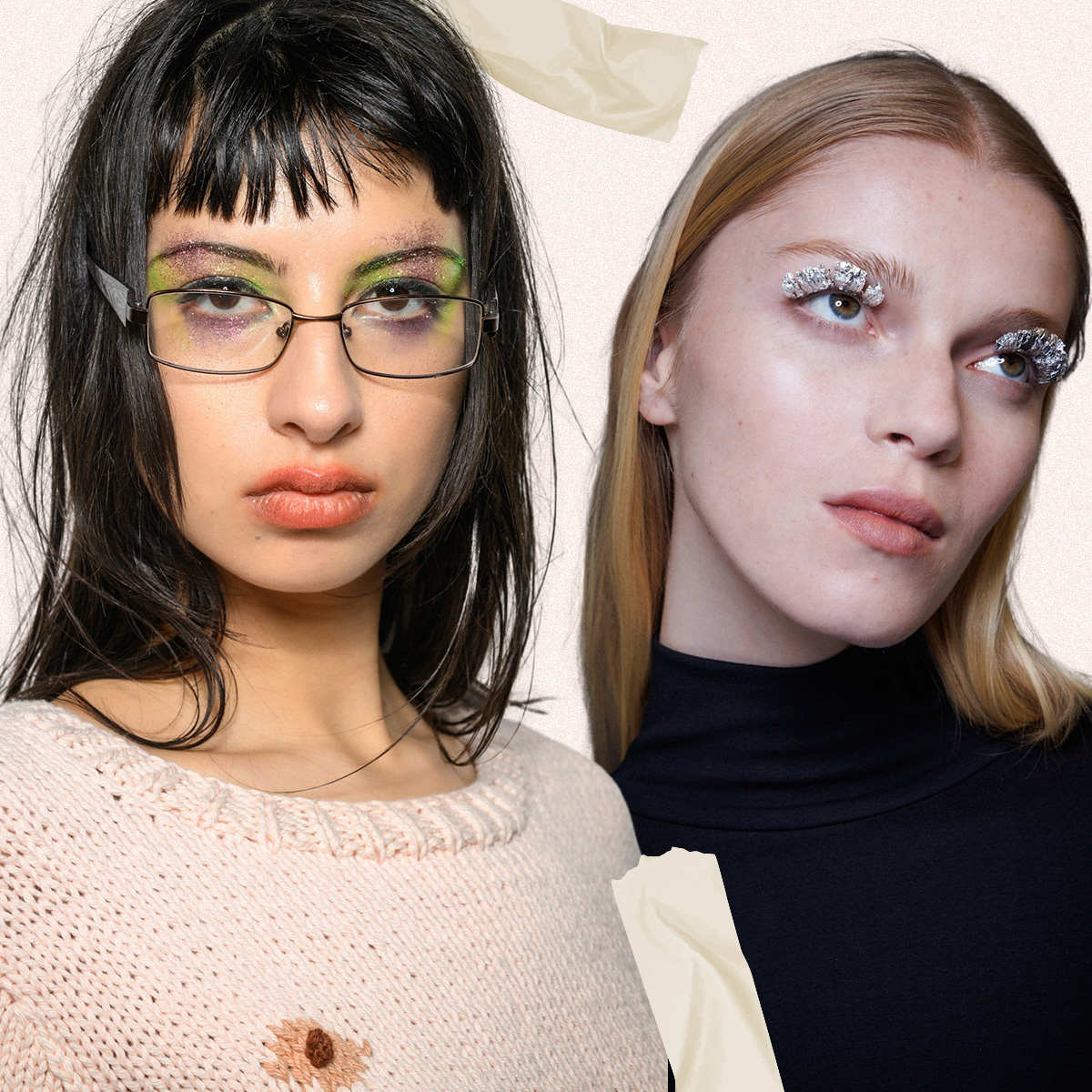 From "Morning After" Makeup to Millennial Side Parts—Fashion Month Set These 7 Big Beauty Trends in Motion
From "Morning After" Makeup to Millennial Side Parts—Fashion Month Set These 7 Big Beauty Trends in MotionThe fashion crowd has spoken.
By Kaitlyn McLintock
